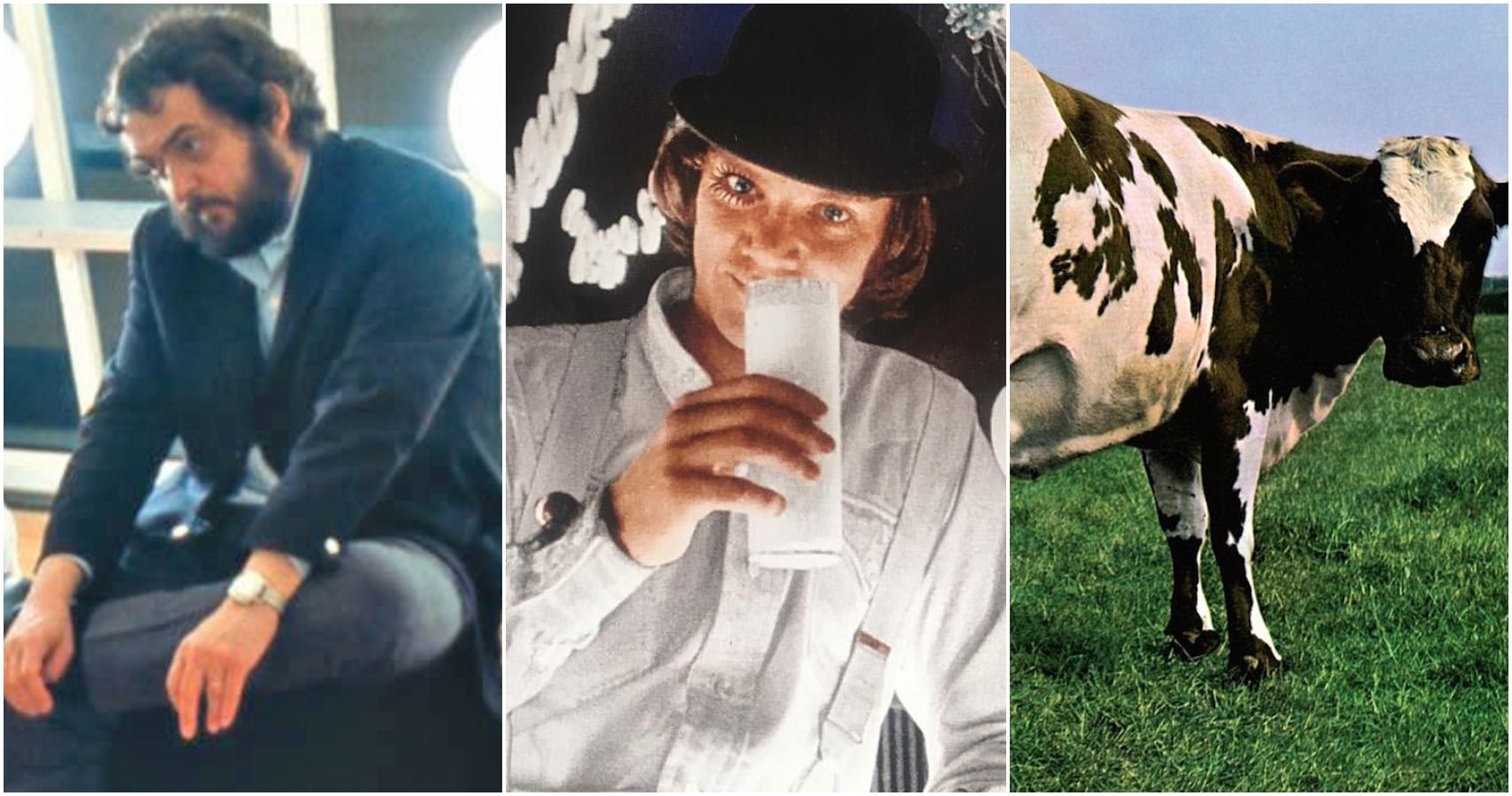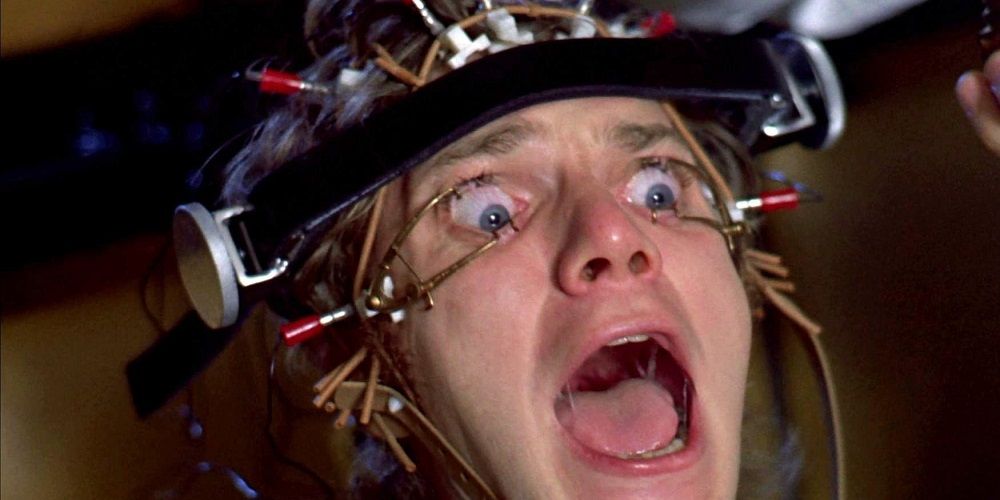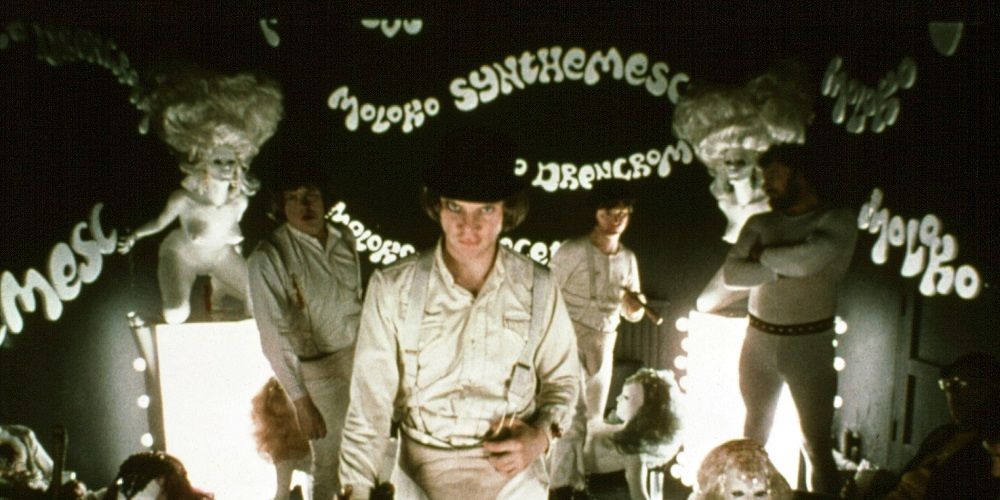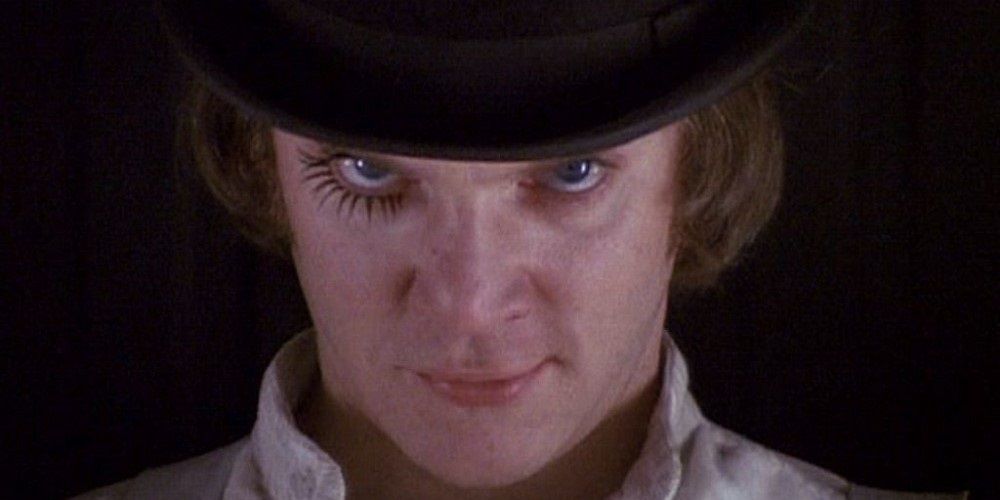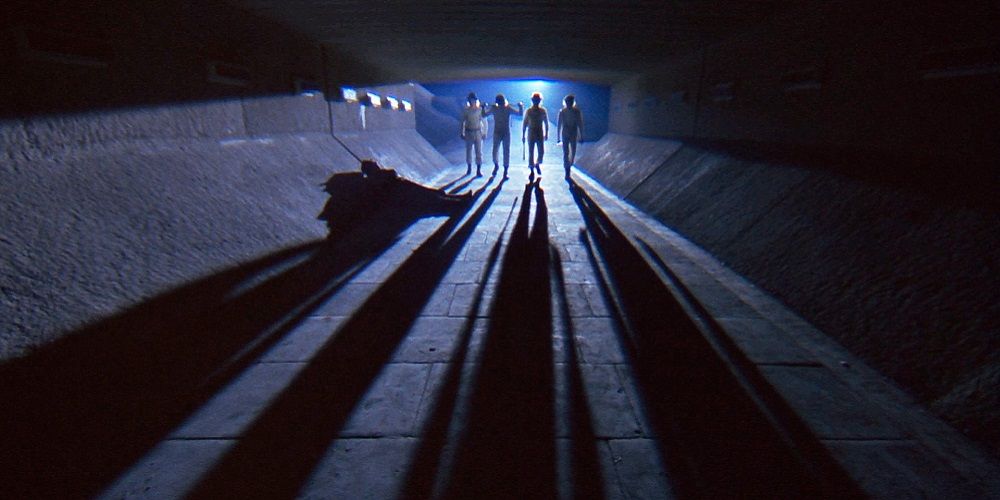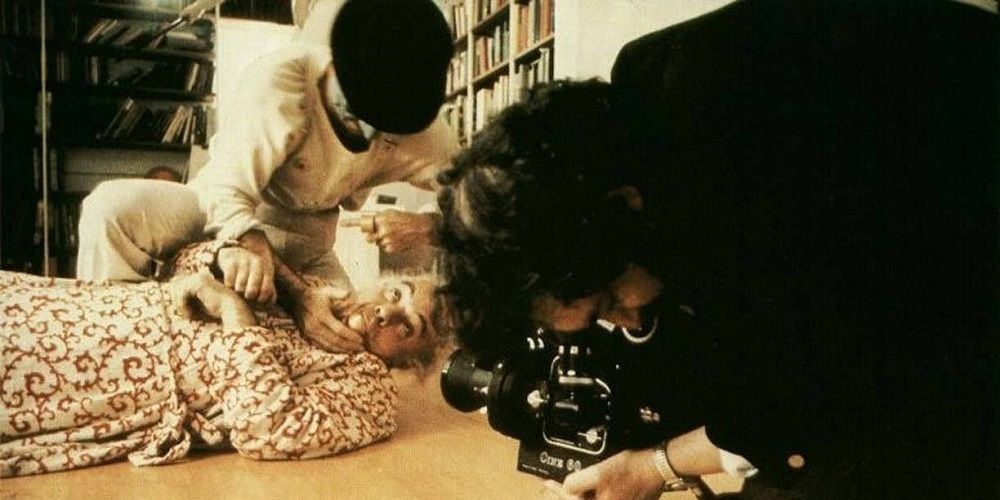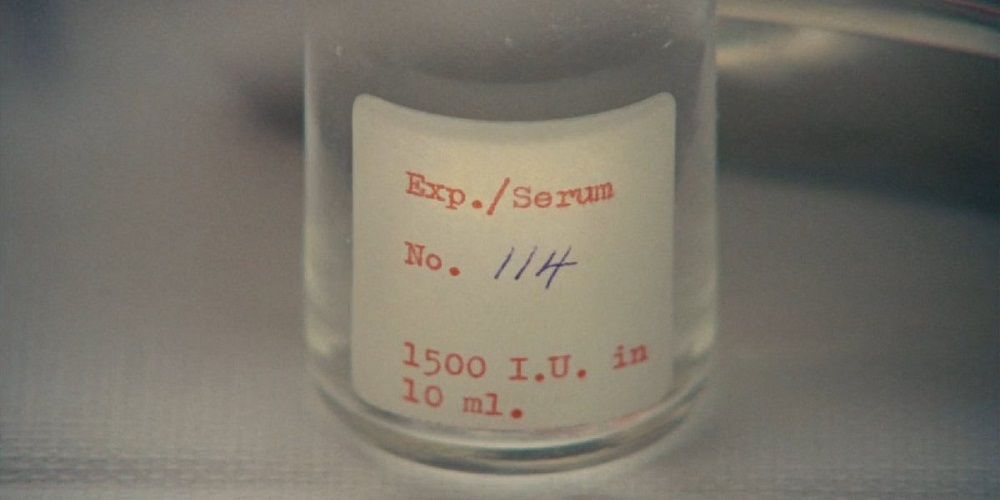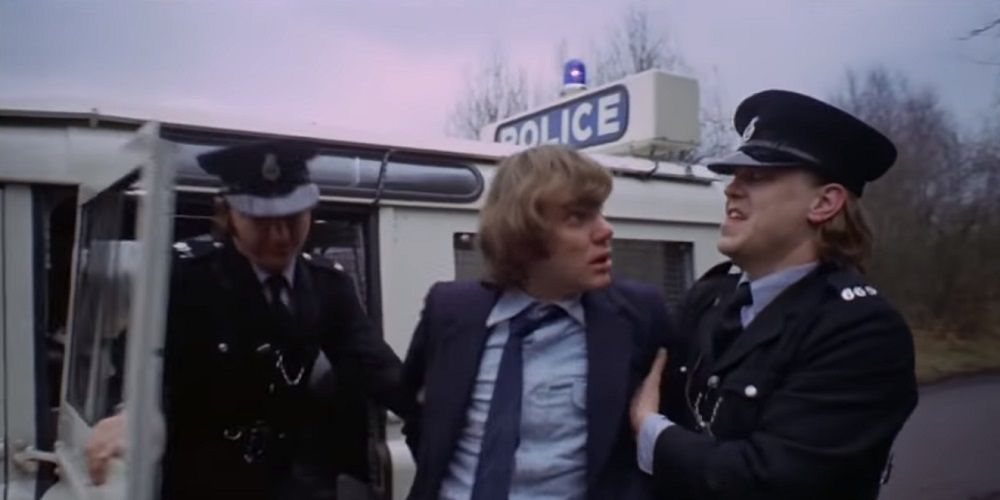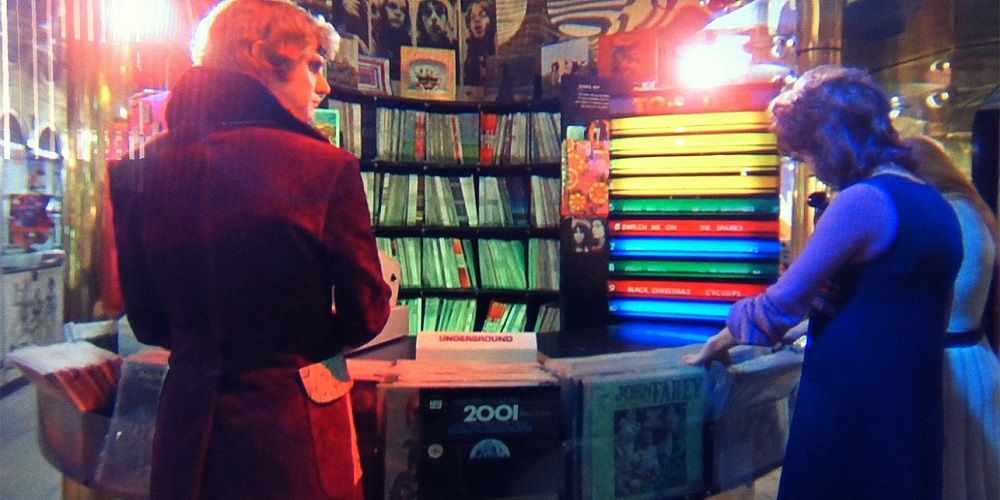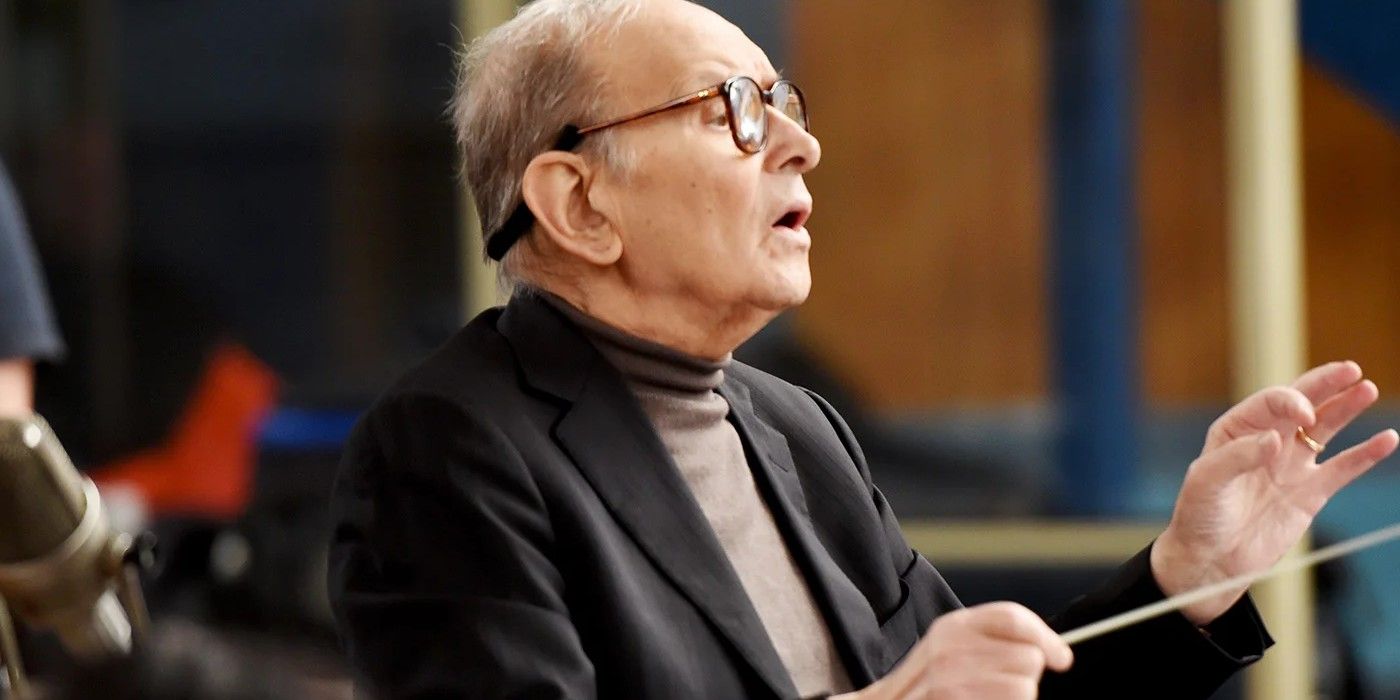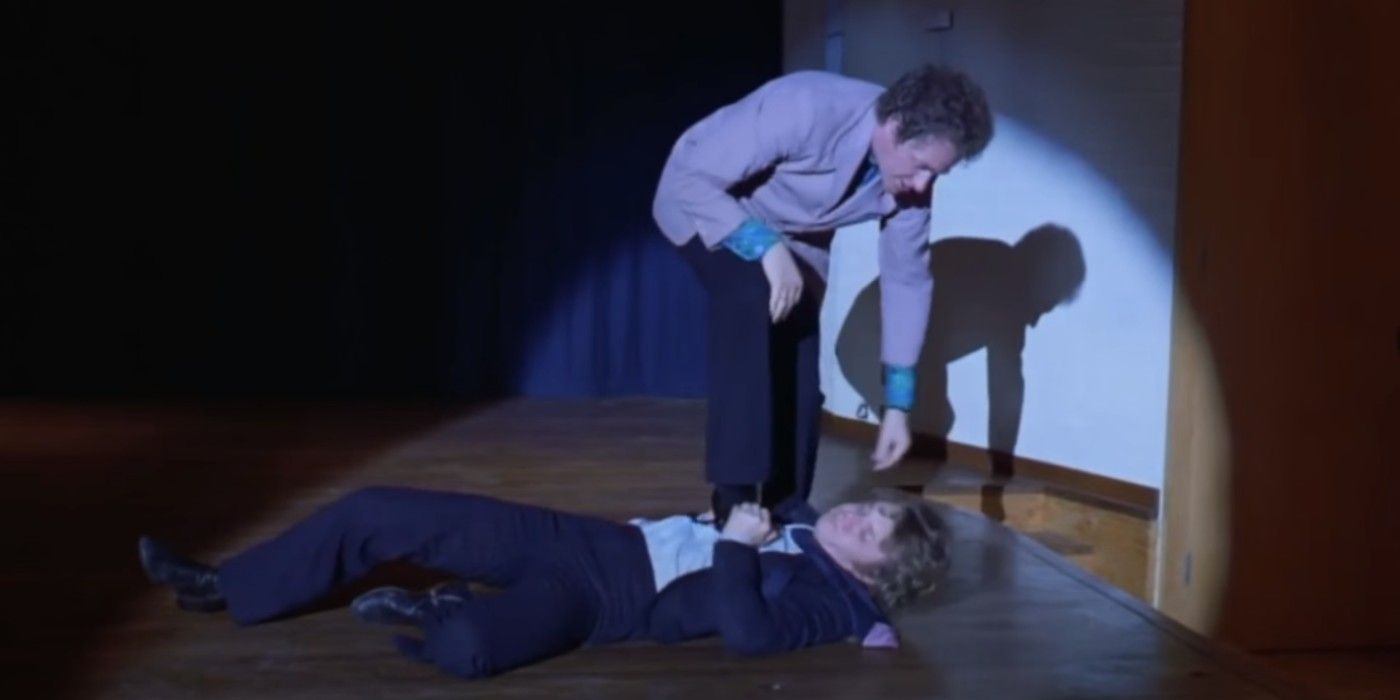Stanely Kubrick's A Clockwork Orange is one of the most highly acclaimed controversial movies ever made. Adapted from the popular Anthony Burgess novel, the startling science fiction tale concerns a British rascal named Alex (Malcolm McDowell), who along with his gang of street-hoods called Droogs, terrorizes Londoners with reckless abandon.
Despite its disturbing subject matter, A Clockwork Orange became one of the most popular movies of 1971. Yet, because it inspired instances of real-life violence in Kubrick's adopted homeland of England, the fastidious auteur pulled the film from cinemas in the U.K., where it remained out of circulation until a year after Kubrick's untimely death in 1999. For more, here are 10 Things You Never Knew About the Making of A Clockwork Orange.
It Originally Received An X-Rating
Upon its initial theatrical release, A Clockwork Orange was slapped with an X-rating for its wildly inappropriate subject matter involving graphic rape and extreme violence. Moreover, it was just the second X-rated film in the history of cinema to be nominated for Best Picture by the Academy Awards (Midnight Cowboy).
As he was known to do, Kubrick pulled the X-rated cut of the film from the theaters in 1973, cut the most disturbing images, and resubmitted the film to the MPAA and earned an R-rating. Kubrick then had his assistant annihilate all unused footage from the film.
The Droogs' Slang Is Based On Real Languages
One of the most unique aspects of both the book and film versions of A Clockwork Orange is the distinct slang that Anthony Burgess created. The specific language has been dubbed by Burgess as "Nadsat," which is a combination of English, Russian, and slang.
The Korova Milk Bar uses Russian verbiage, as the word Moloko (meaning milk) can be seen on the wall inside the bar. Kubrick was worried about relying too heavily on Nadsat in the film, which was also a major gripe about the novel. A Nadsat glossary was even added to the second and third editions of the novel.
Malcolm McDowell Gave Alex His Surname
Alex's last name is never given in the novel, and just like he did with the controversial Singing in the Rain number, it was Malcolm McDowell who suggested his surname in the film version.
While McDowell came up with the name Alex DeLarge, it's possible he conjured the name from a solitary passage in the novel in which Alex refers to himself in the third person as "Alex The Large." However, in a closed-caption subtitle and several newspaper articles seen near the end of the film, Alex's last name is shown to be Burgess.
It's The First Film To Use Dolby Sound & Radio Mics
Always at the vanguard of technology, Kubrick's A Clockwork Orange was the first film to employ Dolby Sound. More specifically, it was the first major motion picture to use Dolby Noise Reduction. The Dolby Noise Reduction technique was used on all magnetic generations, mixes, and masters of the film.
However, for the final theatrical release print, an optical mono track was used. In addition, the film was one of the very first to use radio microphones, which allowed all of the sound to be recorded live on the set/location. No post-synching was required, which helped speed the editing process.
Frank Sinatra Passed On The Chance To Adapt The Novel
Kubrick received a copy of A Clockwork Orange from Terry Southern while collaborating on Dr. Strangelove. Earlier in the '60s, Frank Sinatra's producing partner Brad Dexter gave old Blue Eyes the novel as a potential starring cinematic vehicle.
Dexter's idea was to reinvent Sinatra's sagging film career by injecting the kind of verve featured in his recording career. Dexter gave the novel to Sinatra for him to potentially star in its adaptation, but Sinatra saw little potential in the project and was bemused by the distinctive slang in the novel.
Serum 114 & Kubrick's Signature Code
Just as the number 237 has become synonymous with Kubrick's The Shining, the alphanumeric code CRM-114 has also become a recurring figure in the auteur's movies.
In Dr. Strangelove, the CRM-114 Discriminator is a fictional piece of radio equipment. When it's destroyed, the B-52 bomber squad fails to receive the order to halt the nuclear bombing of Moscow. CRM is also displayed prominently as graffiti in Kubrick's Eyes Wide Shut. In A Clockwork Orange, Alex is given an experimental dose of medicine called Serum 114, which sounds very much like CRM-114.
Alex's Devilish Prison Number
Ever since making Lolita, Kubrick has always been one to plant subliminal messages and hidden clues in his films, and A Clockwork Orange is no exception. Since Alex is one deviant devil, a visual reinforcement his given by Kubrick in one scene.
When Alex is being escorted to his jail cell, he is dragged in between officers George and Dim. While one cannot see Alex's inmate identification number, Dim is wearing number 665 and George is wearing 667. The implication being that Alex, sequenced between them, is number 666, aka the mark of the beast.
The Music Shop Has Musical Easter Eggs
Several Easter eggs can be spotted inside the music shop that Alex frequents during the film. Not only is there a prominently displayed soundtrack album for Kubrick's previous film, 2001: A Space Odyssey, but a slight nod to a rejected Pink Floyd track can also be seen.
Kubrick solicited Pink Floyd's "Atom Heart Mother Suite" to be used in the film. However, because he wanted unlimited licensing to manipulate the music as he saw fit, the band declined the offer. Still, Kubrick found a way to reference their work by displaying one of their records the music shop. It's directly above the 2001 record (it's the record with a cow on it).
Ennio Morricone Declined To Score The Film
The legendary and recently departed film composer Ennio Morricone was approached to score A Clockwork Orange. When Kubrick asked if he was available to work together, Morricone regrettably said that he was still needed on another project.
Although he was working on Duck, You Sucker around the same time, Morricone later confessed he was not too busy at the time A Clockwork Orange was in production. The iconic composer claimed that one of the biggest regrets of his career was not being able to work with Stanely Kubrick.
Malcolm McDowell Broke A Rib In A Scene
While it's fairly common knowledge that Malcolm McDowell suffered scratched corneas while filming the infamous Ludovico therapy experiment, he also suffered lesser-known injuries to his ribs in another scene.
During the demonstration sequence in which Alex is stomped on the chest, the motion was so strong that it cracked one of McDowell's ribs. The shot in which he sustained the injury is the take used in the final film. McDowell also suffered an undiagnosed blood clot that forced a second trip to the hospital. Rumors of McDowell nearly drowning while filming the scene in which Alex's old friends manhandle him also persisted for decades, but have since been thoroughly debunked.

